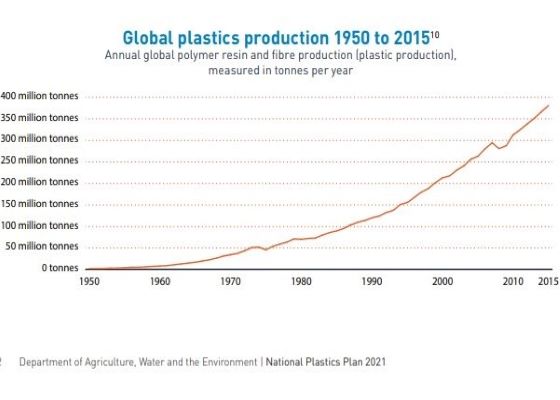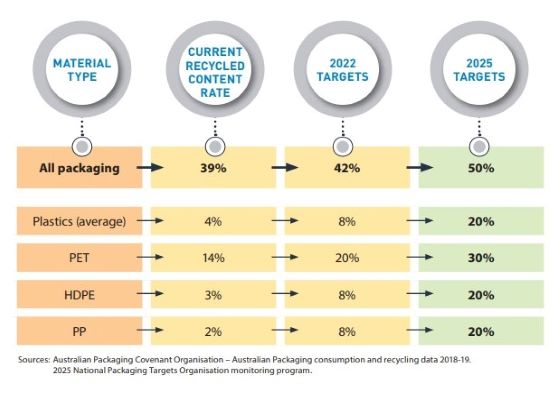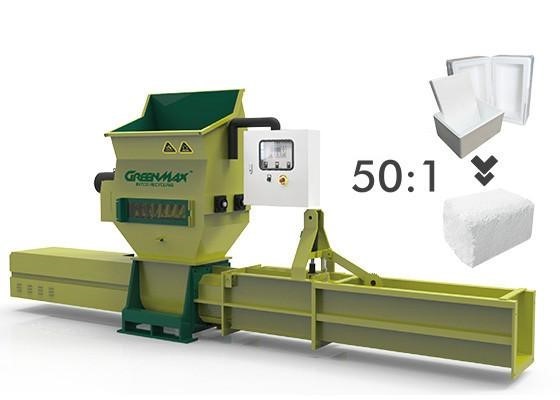Plastic has been a revolutionary material. Its unique properties of being highly mouldable, durable, lightweight, and cheap to produce have made it one of the most prevalent human-made products on earth. Polystyrene (known as EPS), as a widely used plastic product, has become a major concern in Australia.
In Australia, One million tonnes of Australia’s annual plastic consumption is single-use plastic, including polystyrene food containers, cups, delivery packaging boxes, and so on, 84% of which is used is sent to landfill and only 13% is recycled, while approximately 130,000 tonnes of plastic leaks into the marine environment each year, resulting in serious environmental pollution and threatening the survival of many species. Now, this number is still rising, how to deal with the discarded polystyrene waste has become an urgent problem to be solved.

Banning or Recycling
The simplest way to reduce polystyrene waste and pollution is to avoid using unnecessary and problematic EPS foam products. Several state and territory governments in Australia have already taken successful steps to ban specific problematic single-use plastics, and industry needs to phase out problematic plastic materials to support State bans on specific products.
However, addressing the polystyrene waste will require multiple interventions across the entire plastic lifecycle. This will include design, use, recycle and reuse. Single banning can not fix the polystyrene waste pollution on its own. Taking into account the need for Australia to develop a circular economy, it is imperative to gradually replace problematic polystyrene materials, but it is more feasible to efficiently recycle polystyrene waste in the short term.
Polystyrene Recycling
Australia is taking responsibility for recycling its polystyrene waste. The Australian Government’s Recycling and Waste Reduction Act 2020 became law in December 2020 and puts in place Australia’s world-leading waste export ban. Australia’s annual recycling capacity will more than double by 2025. The Recycling Modernisation Fund, the National Waste Policy Action Plan, and future funding under the Modern Manufacturing Strategy will underpin a dramatic increase in Australia’s domestic recycling capacity.

There may be a misunderstanding that polystyrene waste cannot be recycled, since most of the disposable polystyrene products after use are contaminated, and they are too bulky to be stuffed into the trash can and transported. In fact, polystyrene is composed of 2% resin and 98% air, which can be 100% recycled by professional polystyrene recycling machines such as polystyrene compactor. With the help of a high-quality polystyrene compactor, the bulky polystyrene waste can be compressed into dense blocks at a compression ratio of 50:1, then the compressed blocks will be further processed into new products like photo frames to be sold on the market again, turning problematic polystyrene waste into profitable goods.

It is urgent to reduce disposable plastic pollution to protect the ecological environment. Everyone has a role to play, including the Australian Government, state and territory governments, local government, industry, and consumers. Let’s do our part from now on!